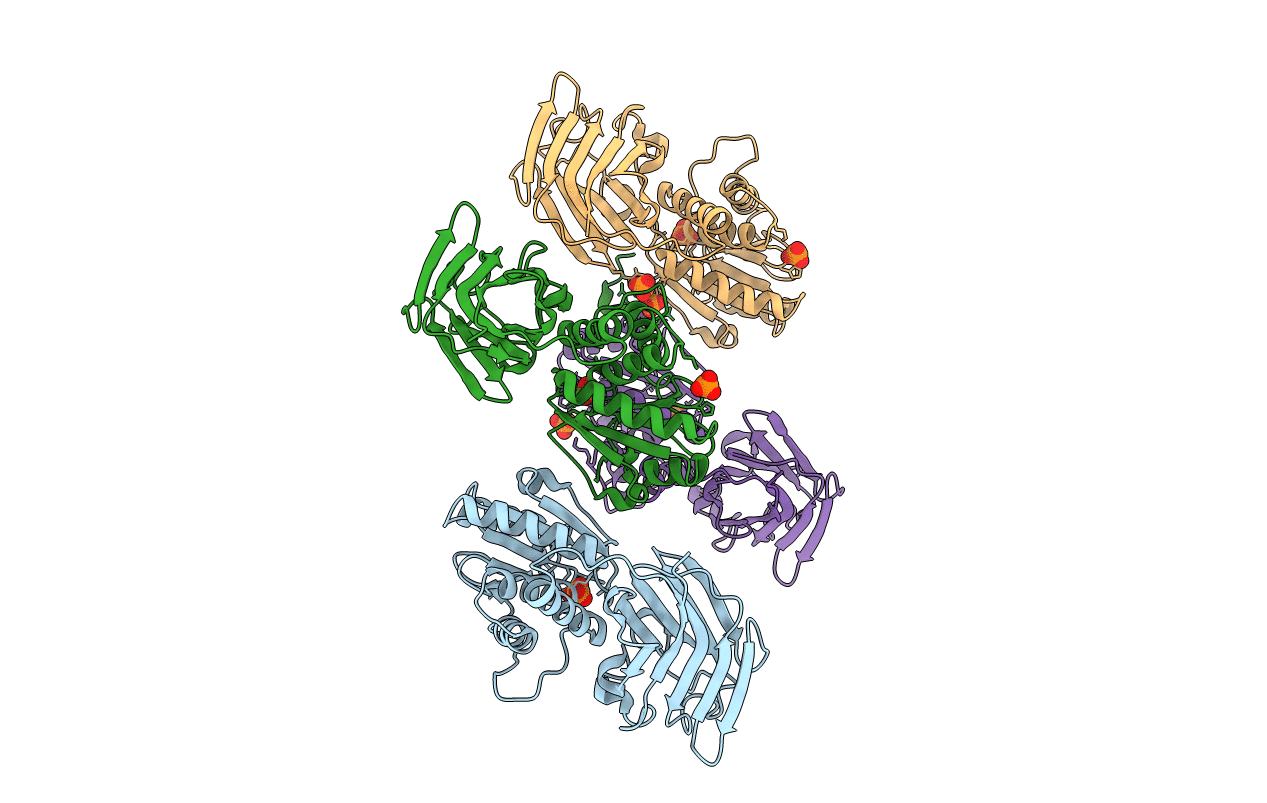
Deposition Date
2011-12-08
Release Date
2012-05-09
Last Version Date
2023-09-13
Entry Detail
PDB ID:
3V0G
Keywords:
Title:
Crystal structure of Ciona intestinalis voltage sensor-containing phosphatase (Ci-VSP), residues 241-576(C363S), form III
Biological Source:
Source Organism:
Ciona intestinalis (Taxon ID: 7719)
Host Organism:
Method Details:
Experimental Method:
Resolution:
1.60 Å
R-Value Free:
0.29
R-Value Work:
0.25
R-Value Observed:
0.25
Space Group:
P 1


